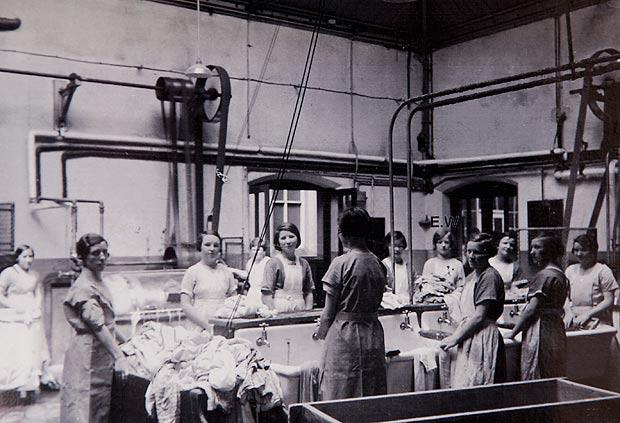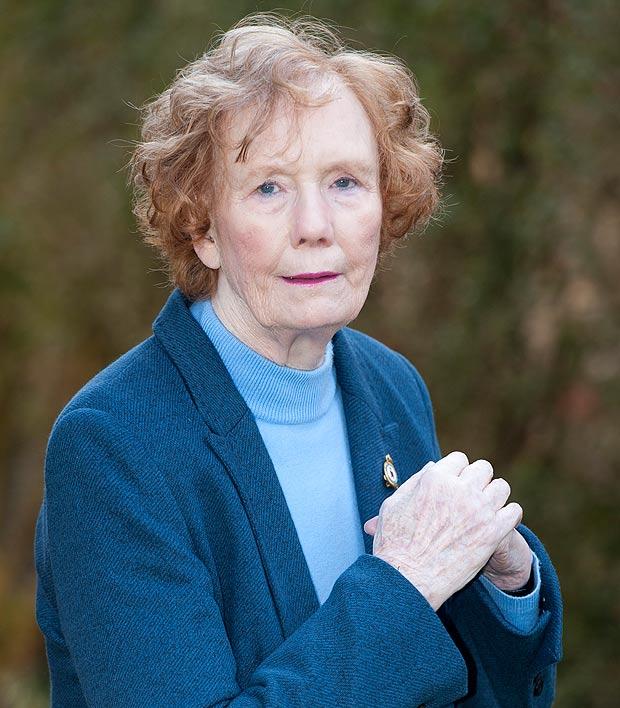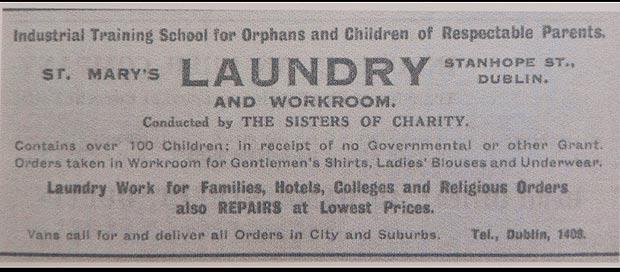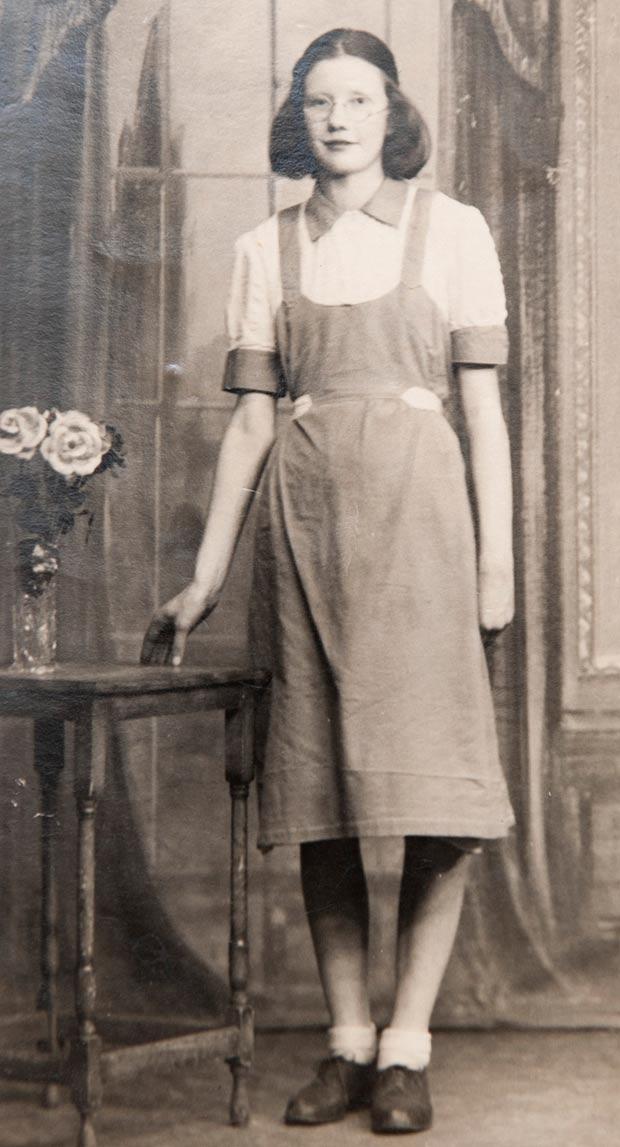My 3 Years As a Child Slave in a Workhouse Run by Sadistic Nuns
By Jennifer Tippett
Kathleen's harrowing life in one of Ireland's 'Magdalene Laundries' MORE than 10,000 women and girls were forced to do unpaid labour in workhouses run by Catholic nuns in Ireland between 1922 and 1996. Following Irish PM Enda Kenny’s apology for the atrocity last week, hundreds of women have already come forward – each potentially due thousands of pounds in compensation. Here one survivor tells of her harrowing life inside one of the Magdalene Laundries. FORCED into hard labour at the tender age of 14, Kathleen Legg’s only crime was being born out of wedlock. The Magdalene Laundries seemed the perfect solution to hide her “shameful secret”. Kathleen, now 77, was sent to St Mary’s Training School, Stanhope Street, Dublin, where she lived and worked in horrific conditions. Although it happened more than 60 years ago, she still can’t erase her memories of life in the laundry. The mum of two says: “It was slavery. Every time I close my eyes at night I am back there.” Both Kathleen, who now lives in Bournemouth, and her mother believed she was going to a school and would be well looked after. But minutes after entering the workhouse, she was stripped of her name and given a number — 26. Kathleen says: “We were robots. We lost all sense of identity. They took away our birth certificates. We had no calendars or mirrors. “I didn’t know what I really looked like or when my birthday was until years later.” But the worst part for Kathleen was the punishing manual labour. The young girls would get up at the crack of dawn to attend mass. Then, from 8am until 8pm, they scrubbed long corridors on their hands and knees, used heavy-duty machinery to iron sheets and cooked with massive pans. She says: “It was work which a grown man would struggle to do, let alone waif-like young girls. Some were only 11. “Once I had to get a pan of potatoes from this enormous steam cooker. “I badly burned my arm and dropped the pan with the shock. I was in agony. The nuns just laughed at me. “They were so sadistic. “A few weeks later, Father Christmas came. The other girls got a so-called present of a flannel and the tiniest bar of soap you ever saw. “When it came to me, he said, ‘Aren’t you the girl who dropped the potatoes? No present for you.’ “Again, the nuns laughed. They enjoyed seeing us suffer. “Once, a girl I was working with got her hand caught in an industrial iron press. She had horrific injuries, but the nuns didn’t care. We all worked in terrified silence. “We never saw daylight or heard music and it was normal for girls to fall ill and never be seen again. “Sometimes, we used massive industrial irons to press sheets for local hotels. “They were raging hot and you had to concentrate hard to make sure your hands didn’t get caught. “The steam nearly took your skin off. In the end we got used to getting burned — it was part of everyday life. “One of worst jobs was scrubbing long, dark corridors with bare hands and knees in the depths of winter. “The days dragged on for ever and you were lucky if you even got a meal at the end of it. The nuns at Stanhope Street laundry forged “school reports”, sent to the girls’ relatives to cover up the slave labour. Kathleen’s mum had a report to say she was doing well in her classes. The truth was that there were no lessons. An official report into the laundries released this month said they were “lonely and harrowing” places. Kathleen says: “None of us girls were friends. We were all too terrified of the nuns to get close or to get caught talking to each other. “There weren’t even meal times to chat over because we hardly got any food. “They were the darkest, most difficult years of my life and there was nobody to turn to.” Most girls left the laundries at 16 to find work but Kathleen was struck down by pleurisy, a lung infection, and had nowhere to go. She stayed another year, then left to work as a cleaner. It wasn’t until March 1955, when Kathleen was 19, that she finally left Ireland. She became a medic in the air force, where she met her late husband, Robbie Legg. Kathleen finally had her chance to build a new life. But it was permanently tainted. She says: “In the 38 years I was married to Robbie, I never told him I’d been in the laundry. I was too ashamed. “I carried the memories around like a massive weight on my shoulders.” In 2009 Kathleen finally told her daughters Tracey, 42, and Christina, 40. Since then, she has joined a group called Magdalene Survivors Together. Kathleen, now battling lung cancer, says: “The apology is an important milestone for us survivors but nothing can make up for what we went through. “It’s hard to believe the nuns called themselves the Sisters of Charity. They didn’t seem to have any conscience. “The fight isn’t over yet. The next battle is for compensation. I won’t give up.”
|
.
Any original material on these pages is copyright © BishopAccountability.org 2004. Reproduce freely with attribution.



